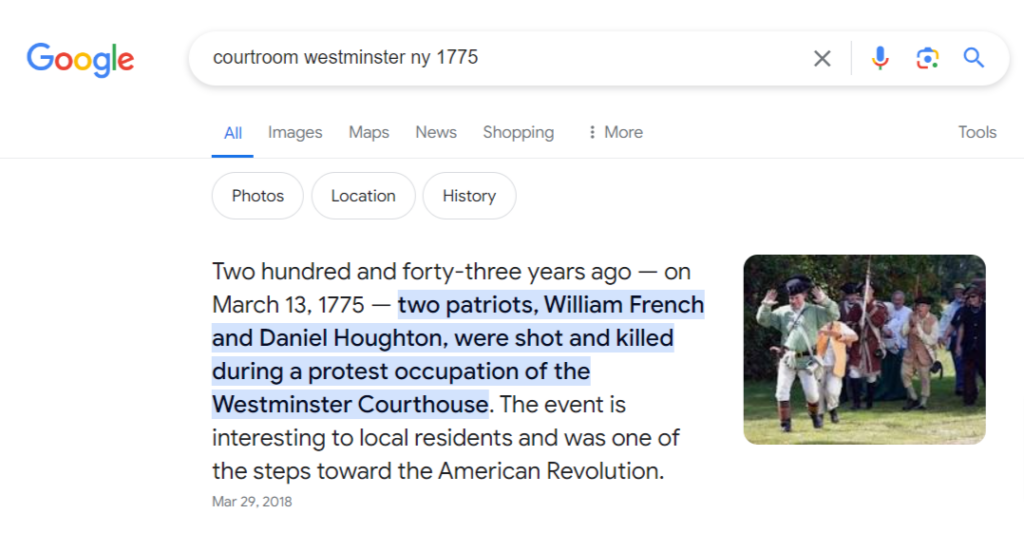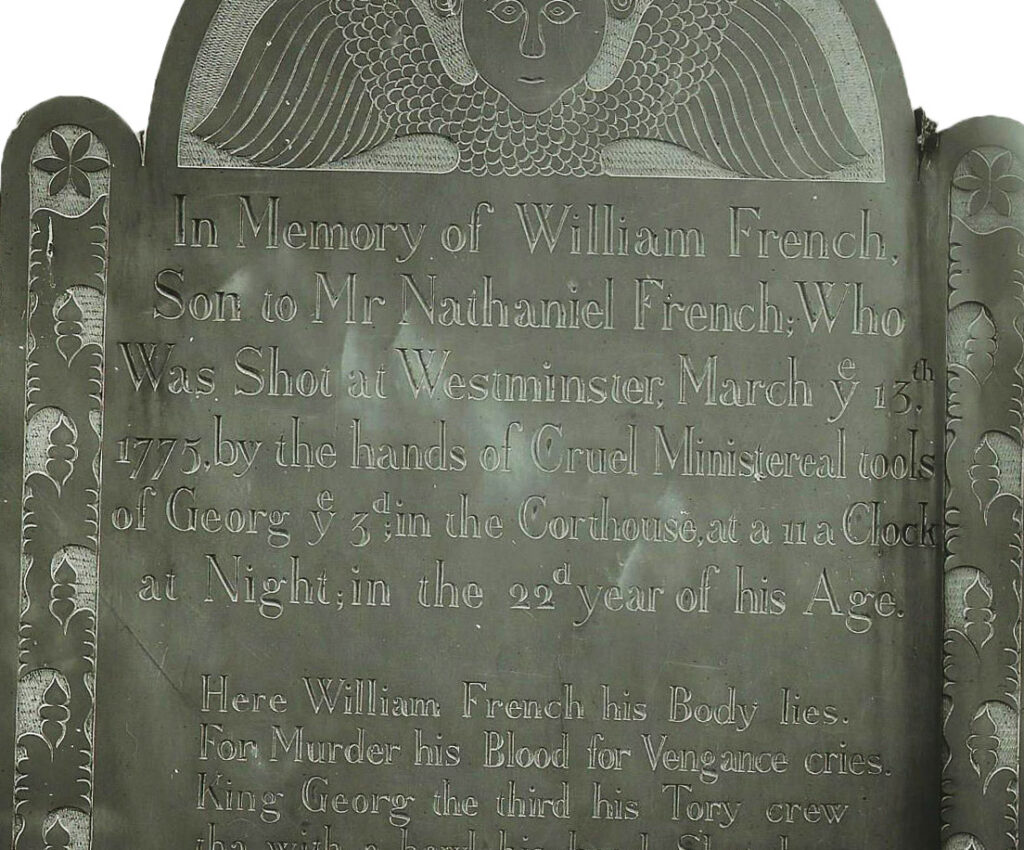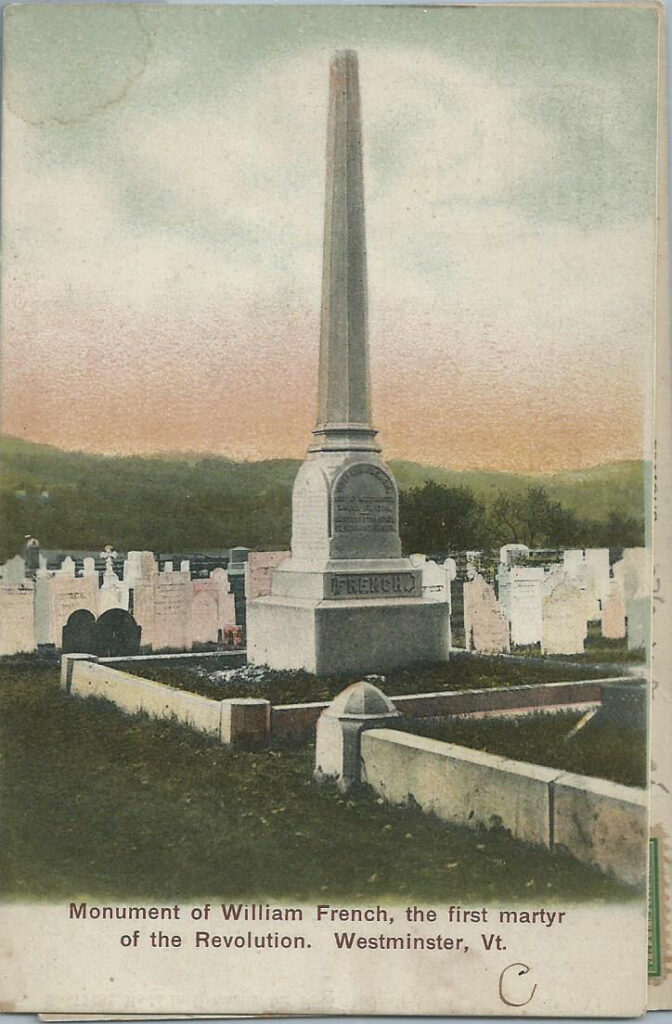Revolutionary War: A Public Relations Battle as Much as a Military Conflict
The Revolutionary War, fought from 1775 to 1783, is often remembered for its significant battles, strategic military maneuvers, and the eventual victory of the American colonies over British rule. However, this conflict was not merely a series of military engagements; it was also a profound public relations (PR) war. The struggle for American independence was as much about winning hearts and minds as it was about winning battles. Here, we explore how the Revolutionary War was fought on the public relations front, shaping public opinion and galvanizing support for the cause of independence.
Propaganda and Pamphlets
One of the most effective tools of the Revolutionary War’s PR campaign was the use of pamphlets and propaganda. Thomas Paine’s “Common Sense,” published in January 1776, was a seminal work that argued for independence in plain and persuasive language. Paine’s pamphlet sold over 100,000 copies within a few months, reaching a broad audience and igniting revolutionary fervor among the colonists. His ability to communicate complex political ideas in an accessible way helped to shift public opinion towards supporting independence.
Newspapers and Broadsides
Newspapers and broadsides (single-sheet publications) played a crucial role in disseminating revolutionary ideas and news. The colonial press became a battleground for public opinion, with newspapers like the “Boston Gazette” and the “Pennsylvania Journal” publishing articles that criticized British policies and rallied support for the Patriot cause. These publications not only informed the public about the latest developments but also provided a platform for debate and discussion, fostering a sense of unity and purpose among the colonists.
Symbols and Slogans
Symbols and slogans were powerful PR tools during the Revolutionary War. The “Join, or Die” cartoon, originally created by Benjamin Franklin, was repurposed to encourage colonial unity against British oppression. The image of a segmented snake, symbolizing the need for the colonies to unite, became an enduring symbol of the revolution. Slogans such as “No Taxation Without Representation” succinctly captured the grievances of the colonists and served as rallying cries for the movement.
Political Cartoons and Satire
Political cartoons and satire were used to ridicule British authorities and bolster the revolutionary cause. These visual and literary forms of propaganda were accessible to a wide audience, including those who were illiterate. By mocking British officials and policies, cartoons and satirical writings helped to delegitimize British rule and encourage resistance.
Diplomatic Efforts and International Support
Public relations efforts extended beyond the American colonies to the international stage. The Continental Congress and revolutionary leaders, such as Benjamin Franklin, John Adams, and Thomas Jefferson, engaged in diplomatic missions to garner support from foreign powers. Franklin’s successful mission to France resulted in crucial military and financial assistance from the French government. French support, secured through skilled diplomacy and effective PR, was instrumental in the eventual victory of the American forces.
Personal Correspondence and Speeches
Letters, speeches, and personal correspondence also played a significant role in the Revolutionary War’s PR campaign. Leaders like George Washington and John Adams wrote eloquent letters and delivered speeches that inspired confidence and resolve among their troops and supporters. Washington’s leadership and his ability to communicate the justness of the cause were vital in maintaining morale and commitment among the Continental Army and the broader population.
Mobilizing Public Opinion
The success of the American Revolution depended heavily on the ability to mobilize public opinion. Committees of correspondence were established to coordinate communication and foster a sense of collective action among the colonies. These committees helped to organize boycotts, protests, and other forms of resistance, demonstrating the power of coordinated PR efforts in achieving political goals.

The Revolutionary War was as much a public relations war as it was a military conflict. The ability to effectively communicate the ideals of liberty, justice, and self-governance played a crucial role in galvanizing support for the revolutionary cause. Through pamphlets, newspapers, symbols, satire, diplomacy, speeches, and coordinated efforts, the American revolutionaries were able to create a compelling narrative that inspired a fledgling nation to fight for and achieve independence. The lessons of the Revolutionary War underscore the enduring power of public relations in shaping history and influencing the course of events.
Even tombstones carried the message of patriotism, injustice and fight for individual liberty with a passionate call to action!
Vengeance Cries…


The Power of Symbolic Sacrifice
Martyrdom served as a rallying cry for the Patriots by providing vivid examples of personal sacrifice for the greater good. The deaths of key figures were often framed as acts of ultimate patriotism, highlighting the stark contrast between the oppressive actions of the British and the noble resistance of the American colonists. These narratives were disseminated through monuments, pamphlets, newspapers, and speeches, amplifying their impact and reach.


